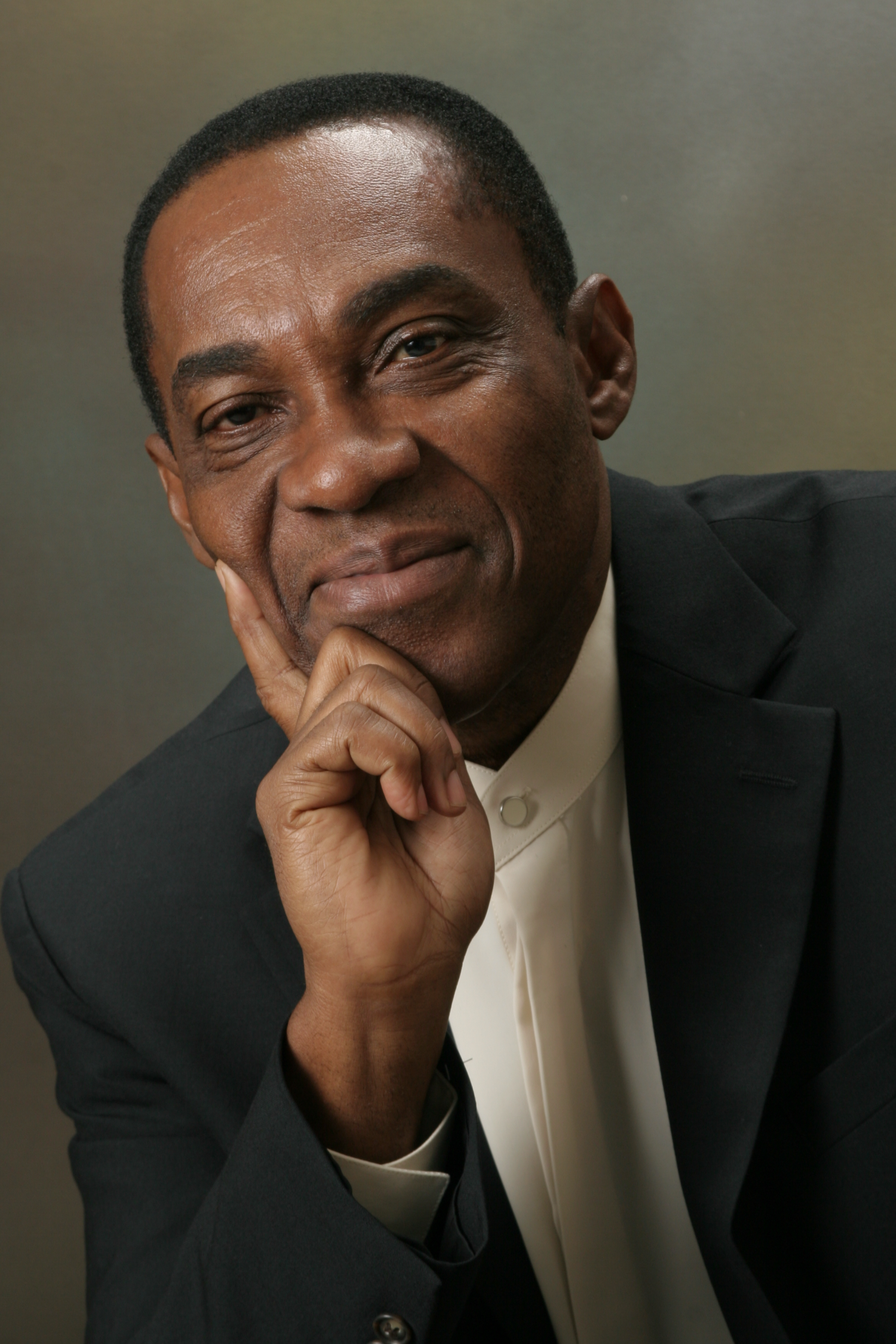
“The Room May Be Full, But I Don’t Feel Safe”
The Silent Struggle for Psychological Safety Among Professionals
It doesn’t make the headlines. But it’s wrecking careers. One meeting. One raised eyebrow. One idea shut down mid-sentence. And the professional sitting silently at the end of the table shrinks in his chair and thinks: “I’m never speaking up again.”
We often picture psychological safety as a team-building buzzword or a colorful poster on the wall. But for professionals trying to navigate today’s volatile workplaces, it’s more like oxygen – invisible, vital, and vanishing.
The Challenge: Professionals Are Surviving Work, Not Thriving In It
Your badge may say “Manager,” “Director,” or even “VP,” but that doesn’t mean you feel free to say what’s on your mind.
Psychological safety — the belief that you won’t be punished, humiliated, or subtly sabotaged for being candid — has quietly eroded in many workplaces. And while some in the world preach diversity, innovation, and agility, professionals are whispering behind closed doors, censoring themselves in meetings, and managing up while emotionally checking out.
Here’s what’s fueling the breakdown:
AI and automation anxiety: Professionals fear that questioning leadership or voicing uncertainty may flag them as “replaceable.”
Cancel culture creep: Many worry that one poorly worded sentence will cost them their careers, reputations, or opportunities.
Leadership inconsistency: One week it’s “open dialogue,” the next week it’s “just follow orders.”
Performance paranoia: With silent layoffs and role eliminations everywhere, even star performers are walking on eggshells.
The result?
· Smart people playing small.
· Innovators hiding behind the status quo.
· High performers privately disengaging.
But here’s the real danger: when psychological safety dies, so does initiative, creativity, trust, and ultimately… growth.
3 Core Recommendations to Rebuild Psychological Safety — From the Inside Out
1. Train Yourself to Speak with “Calculated Courage”
You don’t need to shout to speak up. But you do need to reframe silence as a risk — not a safety net.
Start using what we call the “Truth Sandwich”:
Top slice: Start with shared purpose. (“I know we all want this launch to succeed…”)
Meat: Offer the hard truth. (“...but the current approach may be missing key data.”)
Bottom slice: Reinforce alignment. (“I’m suggesting this because I believe in the team’s success.”)
This method lets you share bold ideas without triggering defensiveness. You’re not calling people out — you’re calling them forward.
2. Stop Seeking Permission. Start Modeling Psychological Safety.
You might not be the CEO, but your behavior sets the tone. Next time a colleague offers an idea — especially an imperfect one — don’t critique. Curate.
Say things like:
“That’s an interesting angle. What inspired it?”
“Let’s explore that more — what could it look like in practice?”
“What are we missing if we don’t consider this?”
Model the behavior you wish others had shown you. Because someone is watching you to decide whether they feel safe to contribute.
3. Build a Micro-Sanctuary for Yourself and Others
You can’t control the company culture. But you can create a psychological safety bubble around your team, your direct reports, or even your 1:1s.
Do this by establishing three micro-habits:
Ask for feedback — and show gratitude for it.
Decriminalize mistakes — turn them into learning labs.
Name your own fears — so others can breathe easier.
It only takes one grounded professional to change the emotional temperature of a room. Let that be you.
Finally: You Can’t Innovate When You’re Holding Your Breath
The most dangerous place isn’t the battlefield — it’s the boardroom where people are too afraid to be real. And the solution isn’t louder voices. It’s safer spaces.
If your workplace doesn’t provide it, build your own.
You already have the power. Now summon the courage.
Which of these three strategies will you practice this week? Let me know.
